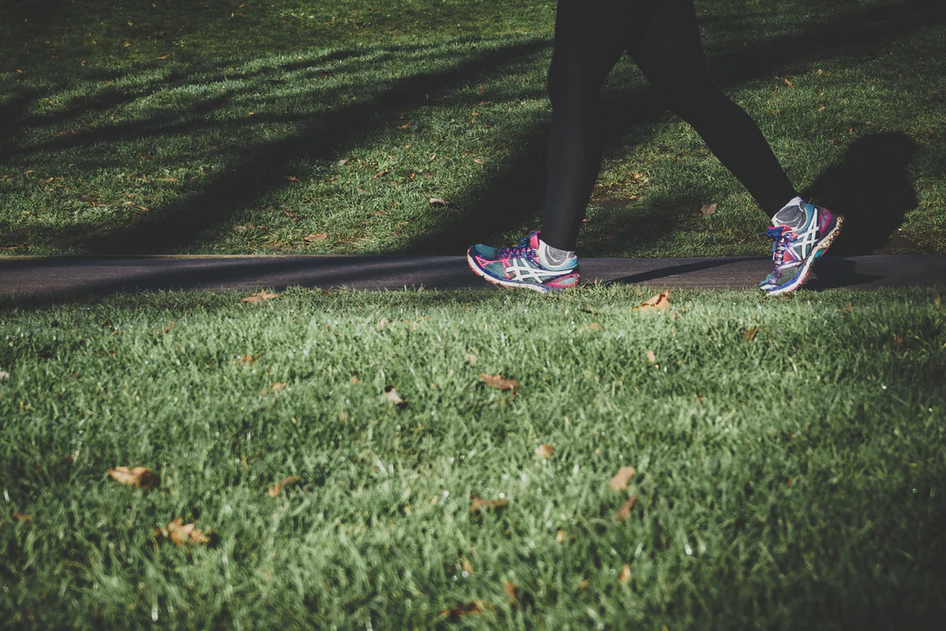The Australian bushfire crisis is one of the bigggest environmental disasters we’ve had to face in this era.All of the smoke doesn’t make life easy for people, but we have to get by with the hand we’re dealt. Breathing is life and it is vital in our activities, so it’s important to come up with countermeasures so we can continue to live productive, meaningful lives even when we’re affected by heavy smoke and ash polluting the environment.
Exercising is a key component to staying healthy. It’s not just about losing weight and looking fit and trim. Lack of exercise results in a lack of well-being, included increased risk from diabetes, heart disease, cancer, poor sleep, muscle and bone deterioration, and reduced mental ability or dementia. The problem is, exercising also causes you to breathe more, which increases your risk and exposure to polluted air.
1. Breathe through your Nose
When you exercise heavily and require faster intake of oxygen, your breathing tends to switch from your nose to your mouth. Breathing through your nose is healthier, because the hairs in your nose acts as a natural filter to particulates going into your body. Breathing through the mouth bypasses this defense and allows more pollutants and particulates to enter your body.
Make it a habit to breathe through your nose, even during bouts of intense physical activity. Your body was designed to breathe through the nose and the protections are in place to do so. Inhaling through your mouth in a polluted area is one of the worst things you can do, you inhale all the pollutants and they go straight into your respiratory system, and can also irritate or damage the upper part of your digestive tract.
2. Reduce the Intensity
Too much of a good thing can be bad. Breathing through your mouth can be detrimental in poor air conditions. Higher intensity workouts will naturally cause you to breathe through your mouth, and that’s a no-no if the smoke from the brushfires are lingering about. What you can do is structure the regimen in short intervals, so that you don’t reach the levels of intensity that have you gasping for air. Shorter, higher intensity workouts will give you the benefits of intense exercise, but the shorter duration will save you from having to gasp hard through your mouth. If you must have those truly intense exercise sessions, choose an indoor location when doing them.
3. Find a clear location
Choosing where to do your exercise is important. Indoor exercise will be preferable when there’s a lot of smoke and pollution outdoors, but there are exercises which are better outdoors, such as running through a park. Be careful to choose locations that have minimal exposure to smoke, either from factories, automobiles and other sources of air pollution, or from proximity to smoke and ash from fires.
One good option is to choose valleys to do your exercise. Valleys tend to be sheltered from wind and airborne pollutants are less likely to be blown in and settle in these areas. The result is cleaner air in general. Another good option is in wooded areas. Areas with more trees are likely to have less air pollution for similar reasons to the valley, and the trees themselves tend to clean up the air better. A secluded grove of trees in a valley would be the optimal place for outdoor exercise if you’re looking to avoid air pollution.
4. Work out in the Mornings
Another important consideration is the time of the day. The air tends to be clearer in the early mornings before the hustle and bustle of the day stirs up the air. The more people and cars there are out and about in the city, the more dust is stirred up and likely to create pockets of air pollution. If you do your exercise in the early part of the day (around 6am or even earlier) the air will be cleaner. The other option is to do your exercise in the late evening. People are also less active at this time, from 8pm onwards or even later. The air will have settled by this time and you will also have cleaner air as a result.
5. Keep exercising!
Pollution and smoke cause inflammation of your lungs and respiratory system. It’s one of the risks you have to worry about when inhaling bad air. But exercising actually helps lessen inflammation and reduces the harmful inflammation in your body. Exercise reduces the adipose tissue in your body, also known as visceral fats, which produce pro-inflammatory cytokines which cause systemic inflammation in your body. So ironically, one of the best ways to counter the harmful effects of air pollution, is to exercise. If you keep exercising regularly you’ll be able to lessen the harmful effects of air pollution on your body and stay healthy.
Ultimately, it’s all about your health. Exercise is one of the most important components of good health, but use caution and common sense when determining when you should exercise and when you shouldn’t. These five tips should give you a guideline for how to exercise safely even in the bad air conditions.







